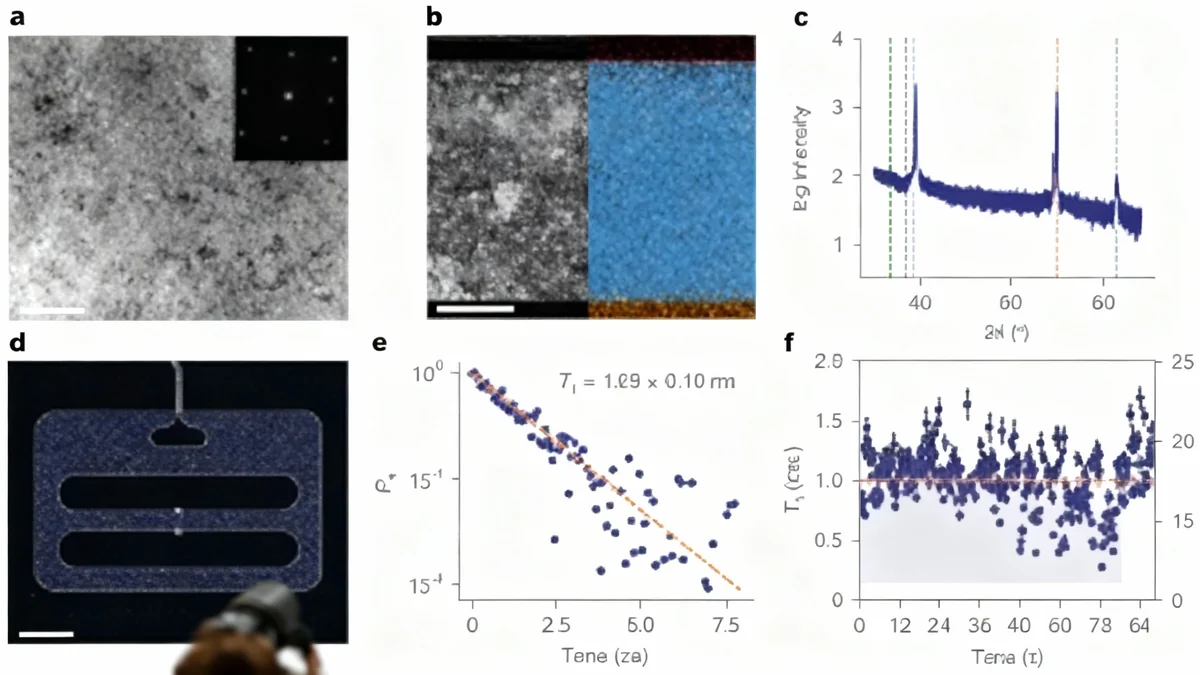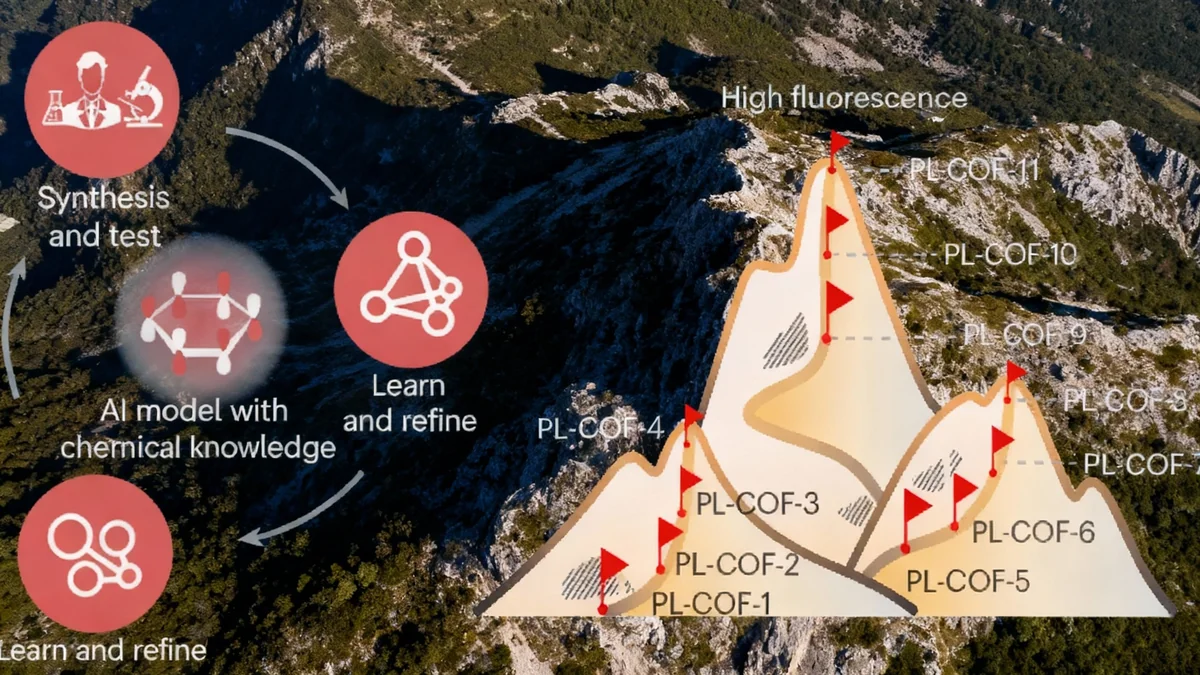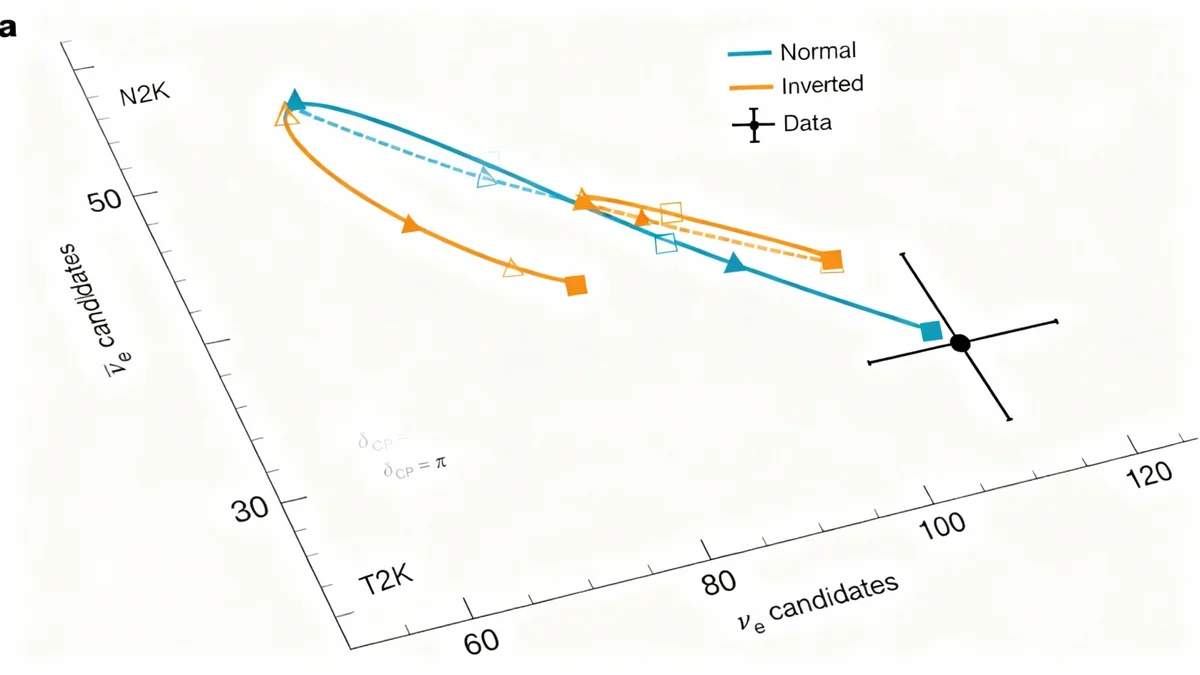Researchers at Princeton University have developed a new type of superconducting qubit with a dramatically increased lifespan, a critical step toward building large-scale, fault-tolerant quantum computers. By using tantalum on a silicon substrate instead of the conventional sapphire, the team has created qubits that remain stable for over 1.5 milliseconds, a significant improvement over previous designs.
This breakthrough addresses a major obstacle in quantum computing known as decoherence, where quantum bits, or qubits, lose their information due to environmental noise. The new material platform not only extends qubit lifetime but also improves the accuracy of quantum operations, achieving single-qubit gate fidelities of 99.994%.
Key Takeaways
- Researchers created a new qubit using tantalum on a silicon substrate, replacing the standard sapphire base.
- The best-performing qubit achieved a lifetime (T1) of up to 1.68 milliseconds, a major increase in stability.
- The new design demonstrated a single-qubit gate fidelity of 99.994%, indicating extremely high accuracy.
- This materials-based improvement can be readily applied to large-scale quantum processors without changing the fundamental qubit architecture.
A New Foundation for Quantum Stability
The quest for a functional quantum computer hinges on the stability of its most basic component: the qubit. Unlike classical bits that are either a 0 or a 1, qubits can exist in a superposition of both states simultaneously, allowing for immense computational power. However, this delicate quantum state is easily disturbed, a problem called decoherence.
A team led by researchers at Princeton University has tackled this problem at its source: the materials used to build the qubits. For years, the standard has been to build transmon qubits—a popular type of superconducting qubit—using materials like tantalum on a sapphire substrate. While this combination has shown promise, its performance has been limited by information loss, or 'loss', from both the surface and the bulk material of the substrate.
The recent findings show that switching the substrate from sapphire to high-resistivity silicon drastically reduces this loss. This simple change in material has a profound effect on the qubit's performance, enabling it to maintain its quantum state for much longer periods.
By the Numbers
- 45 Qubits Tested: The study analyzed 45 transmon qubits across nine different chips.
- 1.68 ms Lifetime: The best qubit achieved a maximum lifetime (T1), a measure of energy relaxation, of 1.68 milliseconds.
- 9.7 Million Qavg: The average quality factor (Qavg) across all tested qubits was 9.7 x 106, with the best reaching 15 million.
Disentangling the Sources of Error
To improve qubit performance, scientists must first understand where the errors are coming from. In previous tantalum-on-sapphire devices, losses were attributed almost equally to two main sources: interactions at the material surfaces and defects within the bulk of the substrate itself.
"Improving only one of these areas would not have been enough," explained Nathalie P. de Leon, a professor at Princeton and a corresponding author of the study. "Both the surface and the bulk dielectrics had to be tackled to achieve substantial improvements."
By replacing sapphire with silicon, the researchers effectively minimized the bulk substrate loss. This allowed them to isolate and address other sources of decoherence, particularly those related to the Josephson junction—the critical component that gives a qubit its quantum properties. The team used an improved, low-contamination deposition process for the junction, further enhancing the qubit's coherence time, which is its ability to maintain a specific quantum phase.
"The tantalum-on-silicon platform comprises a simple material stack that can potentially be fabricated at the wafer scale and therefore can be readily translated to large-scale quantum processors."
This holistic approach, improving both the substrate and the junction, led to Hahn echo coherence times (T2E) that, in some cases, exceeded the energy relaxation lifetime (T1). This is a significant milestone, as it indicates that the primary limitations on performance are now better understood and can be systematically addressed.
What is Coherence Time?
In quantum computing, coherence time refers to how long a qubit can maintain its quantum state before it is disrupted by the surrounding environment. A longer coherence time allows for more complex and accurate calculations to be performed. This new research pushes the boundaries of coherence, moving from microseconds to milliseconds, a crucial step for practical quantum computation.
Paving the Way for Scalable Quantum Computers
One of the most promising aspects of this research is its practicality. The improvements were achieved without altering the fundamental transmon qubit architecture. This means the new material platform can be integrated into existing quantum computing systems and manufacturing processes with relative ease.
The ability to fabricate these high-performance qubits at the wafer scale is a game-changer for the industry. It opens the door to producing large arrays of stable, reliable qubits—a prerequisite for building fault-tolerant quantum computers capable of solving problems beyond the reach of today's supercomputers.
Achieving High-Fidelity Operations
A long-lasting qubit is only useful if you can manipulate it accurately. The researchers demonstrated exceptional control over their new qubits, achieving an average single-qubit gate fidelity of 99.994%. Gate fidelity is a measure of how accurately a quantum operation (like flipping a qubit from 0 to 1) can be performed.
This level of precision is essential for implementing quantum error correction codes, which are algorithms designed to detect and fix errors as they occur. With both long coherence times and high-fidelity gates, the tantalum-on-silicon platform provides a robust foundation for the next generation of quantum processors.
The findings represent a significant materials science victory in the global race to build a quantum computer. By focusing on the fundamental building blocks, the research team has created a simpler, more effective path toward scaling up quantum technology, bringing the promise of quantum advantage one step closer to reality.





